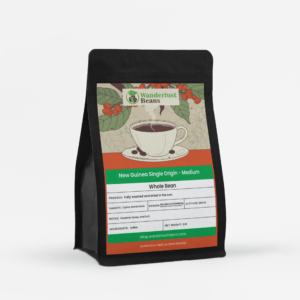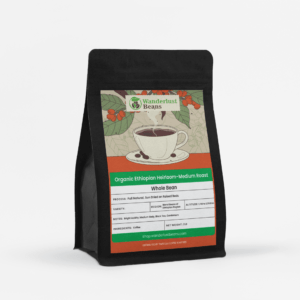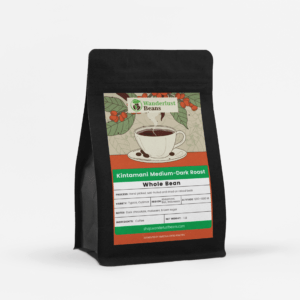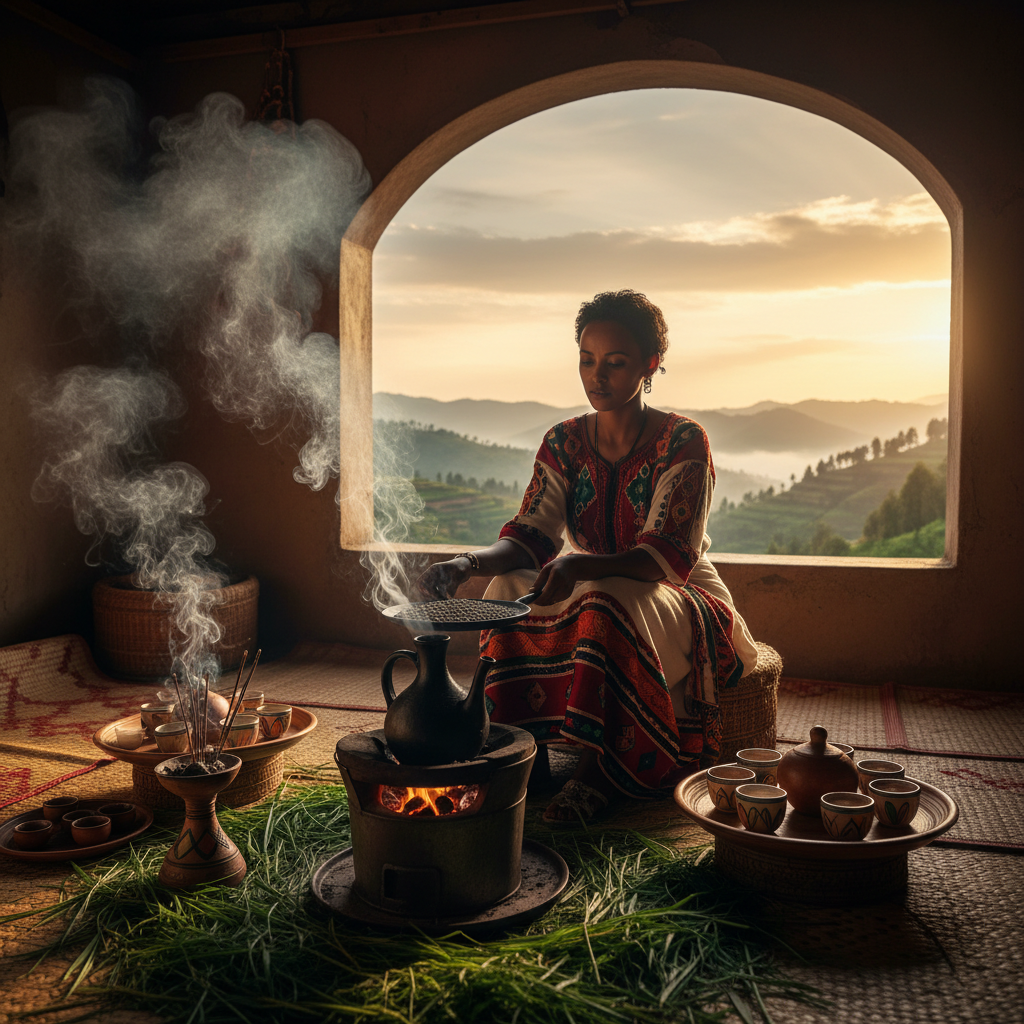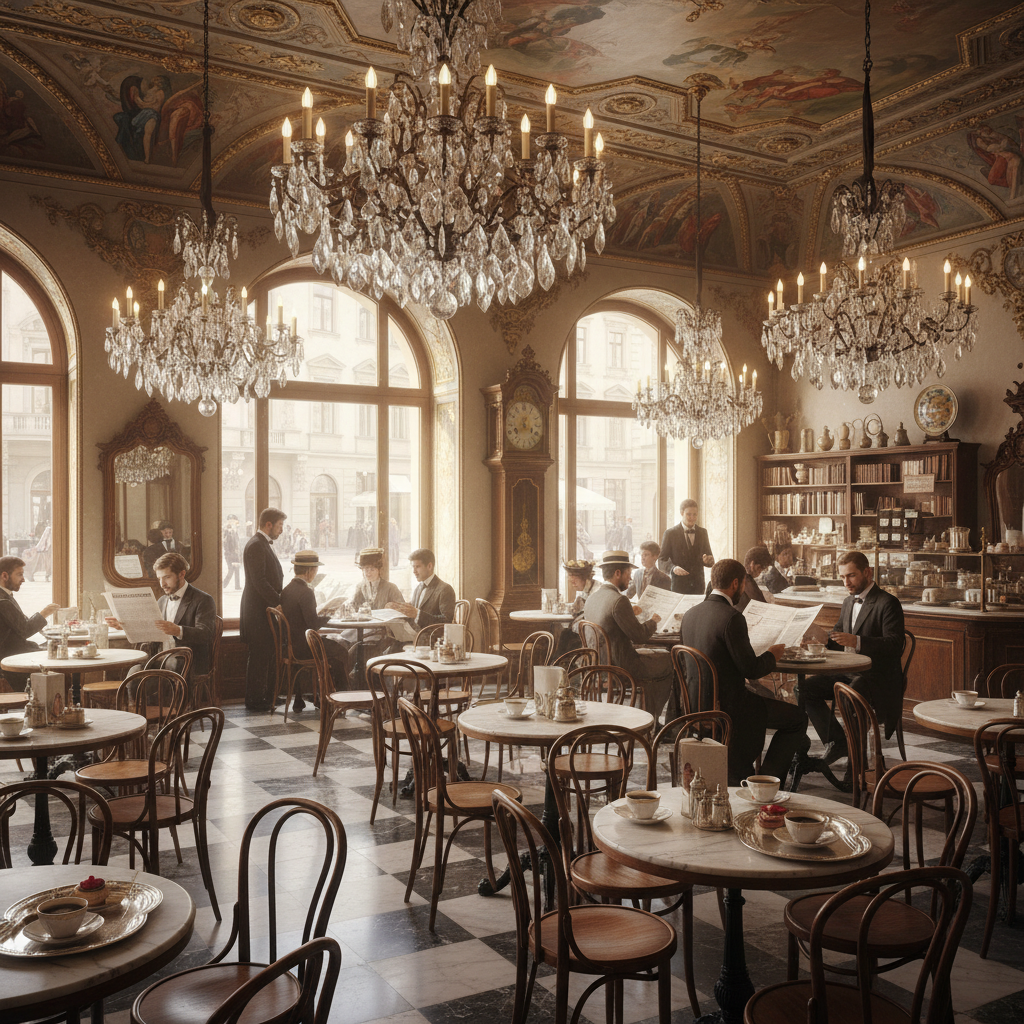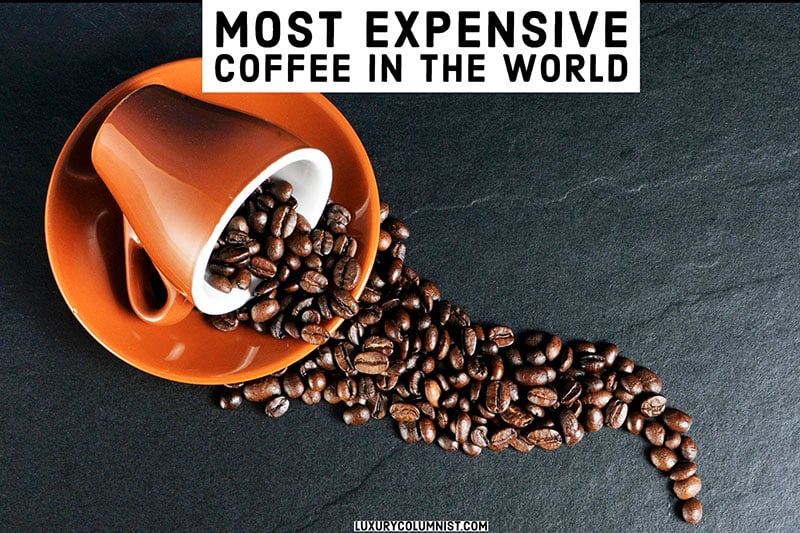
Why is Single Origin Coffee So Expensive?
Single origin coffee comes from one region or farm and its beans reflect local characteristics such as rainfall levels, farmers’ traditions and growing conditions within that location.
Coffee enthusiasts value these distinctions and may pay a premium to receive them, yet this article aims to explore why.
It’s Rare
Single origin coffee may be more costly than its blend counterparts, but the quality of its beans makes up for any additional expense. Aside from tasting fantastic, single origin is also a fantastic way to support small farms while getting to know more about the region that produced your cup. Plus, single origin allows consumers to trace back their beans’ growers which is something many modern consumers value immensely.
At its heart, coffee’s flavor depends heavily on where it was grown – its soil, climate and terrain all play an integral part. This process of cultivation is known as “terroir“, and when grown near banana trees they may take on some fruitiness from nearby banana trees; when produced on farms near oceans it often has an appealing saltiness to it; using beans from various locations as part of a blend often masks these distinct flavor notes, making them less distinctive; single origin coffees typically feature lighter roasts to preserve these individual notes while appreciating differences between regions!
It’s Different
Single origin coffee differs from blends in that its beans are only harvested once each year from one region or country, helping farmers maintain consistent quality while also preventing flavors from mixing together or becoming bland or unpleasant. On the other hand, blends can feature beans harvested throughout the year from various regions, potentially diluting their unique character and character.
Single origin coffee tends to be more environmentally friendly and sustainable than blends. The single-source model encourages smaller farms with greater care and attention paid to detail; plus it supports practices which sustain biodiversity and bee populations.
As demand for single origin coffee increases, more farms are switching to this model of production – and you should expect more single origin roasts at your local coffee shops. While it might not appeal to everyone, those who appreciate its traceability and distinctive flavor notes are likely to continue supporting its development as an industry.
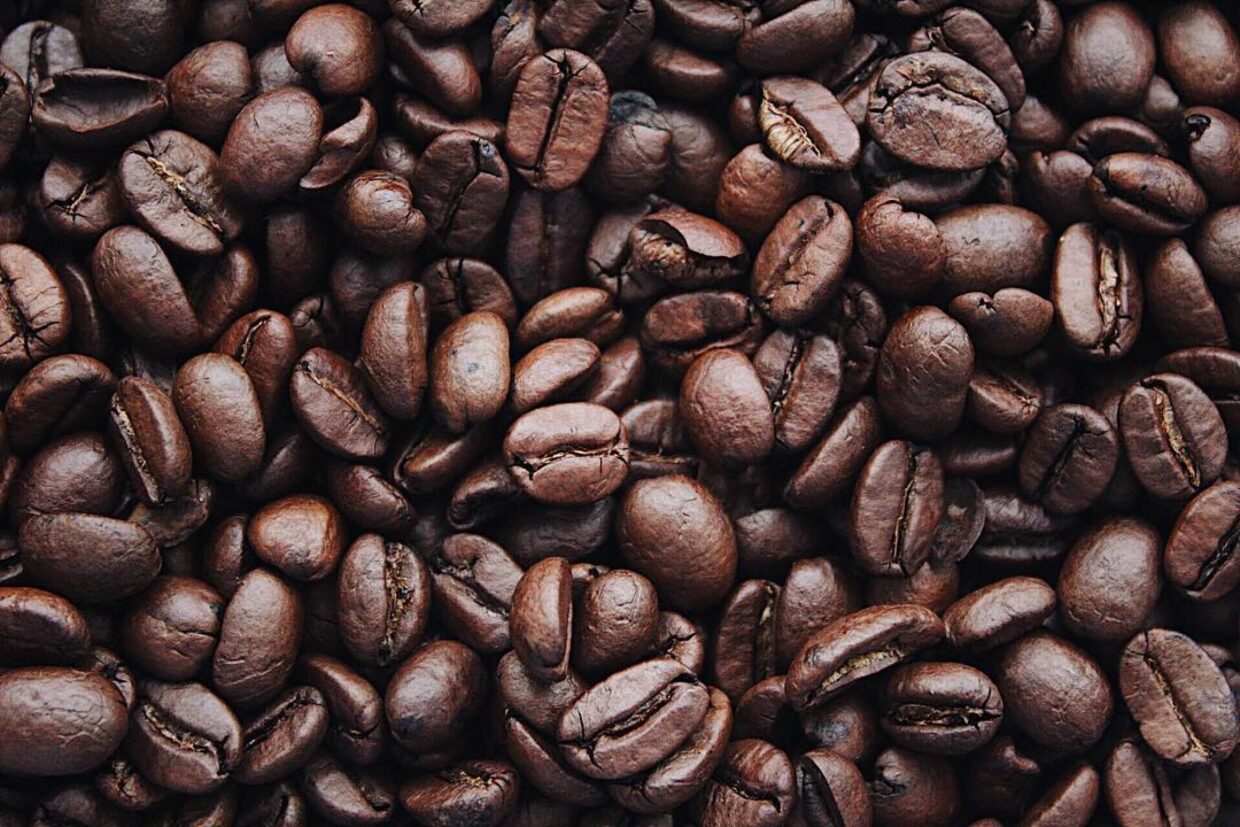
It’s Expensive
Coffee enthusiasts have become more discriminating when selecting their brew. No longer content with sipping Folgers at room temperature, now there are gourmet blends and single origin coffee available on the market – and as a result their popularity is on the rise. While single origin brews provide unique experiences they also cost more due to being rarer and therefore costlier to produce.
Single origin coffee offers numerous benefits to its drinkers. Not only can they experience new regions and flavour profiles, but many varieties provide information about where the beans were grown and who harvested them, providing an authentic, personalized experience for coffee drinkers.
Therefore, these types of coffee tend to be more costly to produce than their blended counterparts due to the time and labor intensive harvesting methods used by farmers and roasters; also featuring unique flavors and aromas which cannot easily be duplicated using different varieties of beans.
Single origin coffee tends to be more costly because of its exclusivity. A coffee labeled as “single origin” indicates that its beans come from one region or farm in a particular country compared with blends which combine beans from multiple farms for flavor blending purposes.
Single origin coffee costs more than blends because it helps small producers and promotes sustainability. Harvested by hand on small farms in remote locations, single origin brews help support sustainable agriculture while contributing to local communities. Furthermore, this type of brew is more likely to be fair trade sourced ethically than blends.
Single origin coffee may not be for everyone, but it’s worth giving it a try if you want an unconventional yet flavorful cup of java. Spending the extra money to experience specialty coffee is well worth it for coffee-lovers keen on expanding their palate and branching out from traditional drinks. Just be sure to research pricing before making your purchase so there won’t be any unpleasant surprises when the bill arrives!
It’s Hard to Find
While single origin coffee may cost more than blends, its price can depend on many different factors. Aside from being made up of higher-grade beans, single-origin roasters often prioritize sustainability and ethical sourcing which results in significantly more expensive beans per pound than those sold at supermarkets.
Another factor contributing to its cost is that single-origin coffee takes more time and effort to prepare. This is because beans from single origins must often be roasted to emphasize particular flavor profiles, which requires roasting experts to carefully calibrate heat application and temperature for maximum complexity and flavorful results. As a result, single origin cups often taste richer and more complex than standard blends.
To ensure the highest possible quality, single-origin coffees will also be evaluated by professional tasting panels using blind cupping and 100-point scoring systems. These methods aim to remove any subconscious biases present during evaluation so as to provide accurate evaluation and allow fair comparison among various coffees.
Although single-origin coffee is becoming increasingly popular, it’s important to keep in mind that not everyone will like this type of brew. Some may find it strange at first since single-origin varieties tend to be lighter roasted with fruitier and citric flavors not typically associated with traditional red plastic mug coffee consumption.
However, once people experience the subtle tastes and aromas of well-prepared single-origin coffee, they quickly become hooked. From enjoying it at home or as part of their morning commute – single-origin coffee offers a truly enjoyable experience to everyone who indulges.
At the end of the day, individual coffee lovers must decide for themselves if spending extra money on single-origin coffee is worthwhile. While investing can be risky, the taste and aromas associated with an exceptional cup can more than makeup for this additional cost if one takes time to fully appreciate its unique characteristics.
It’s Not for Everyone
Many coffee drinkers find the expense of single-origin experiences unjustifiable; they don’t wish to pay extra for beans that will only ever be harvested once, nor have the time or inclination to create their own pour-over at home – especially if they live in cities where it can be difficult to locate roasters. Blends provide an affordable, accessible solution, with most cafes selling large batches year-round and offering their selection year after year – while supporting growing beans that they love while enjoying options worldwide!
As more coffee lovers recognize the advantages of single origin beans, more are becoming willing to spend a bit more and invest their money in higher quality products – while also contributing towards promoting sustainability and fair trade practices that benefit coffee farmers.
To enjoy single-origin coffee to its full potential, the ideal way is to purchase it from a roaster that prioritizes quality and transparency in its business practices. These businesses may be small family operations dedicated to producing premium-grade beans from growers they support in return for payment from consumers who demand transparency about their coffee purchases. They understand this need, making every effort to provide as much information about it as possible for each consumer they encounter.
One good place to find coffee of this quality is specialty shops that have been accredited by organizations like the Specialty Coffee Association (SCA). Such accreditation ensures that their offerings have been evaluated highly on aspects such as flavor, sustainability, and ethical sourcing.
If you’re serious about exploring single-origin coffee, it is a wise move to research coffee roasters that specialize in it. Choices are abundant; just do your research until you find ones that suit your personal preferences best! Don’t be intimidated to try different varieties if one type didn’t satisfy. Just because something didn’t resonate may mean another will! Be sure to check out our single-origin coffee shop.


